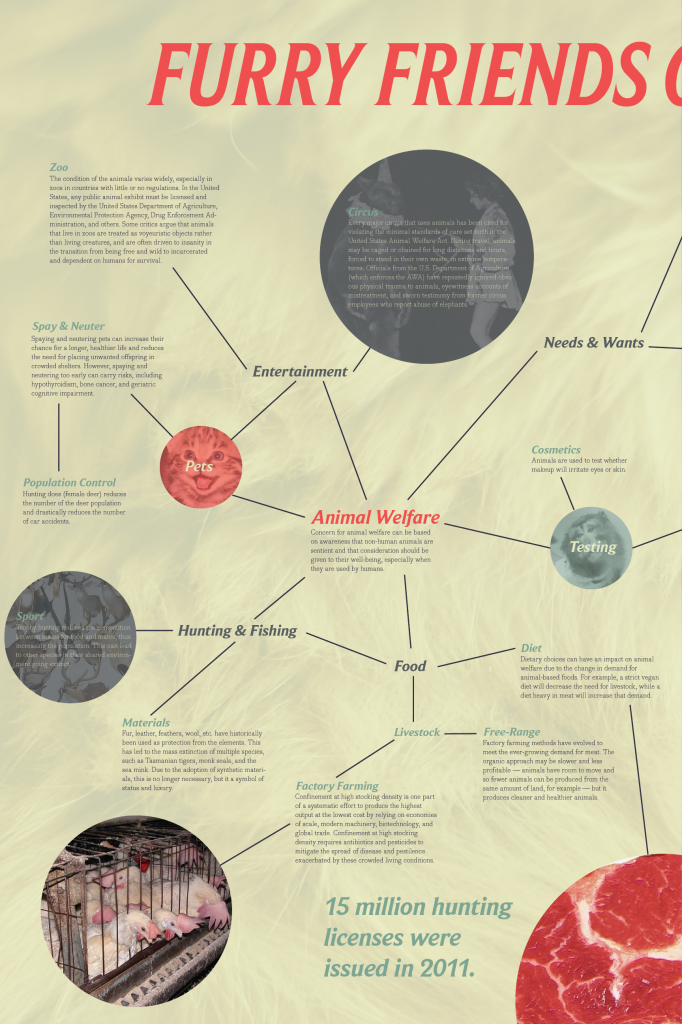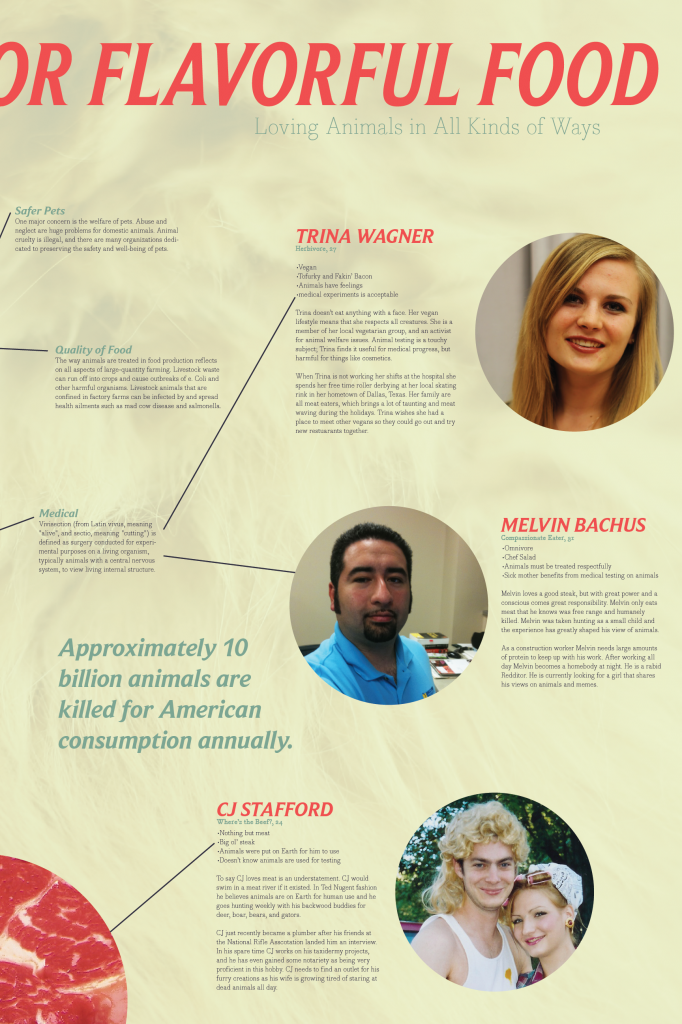Designing With the Environmental Impact in Mind
By Erika Goering,
Cradle to Cradle made a good point about the origins and life cycles of materials and how we should take them into consideration when designing.
One thing I took away from the reading—and I’m sure this was intentional—was the fact that our industry is really wasteful by nature. We sketch, we throw paper away, we print off mockups, and throw them away, and we use endless amounts of ink and toner on everything. I feel pretty guilty about the amount of waste I produce as a designer, and the amount of thought I haven’t put into my methods. I’m as guilty as the consumers, if not more so.
Question: Is it possible for a designer to be 100% environmentally neutral? I don’t think it is. But we can try,
Filed under: KCAI, Learning, Read&Respond, Visual Advocacy
Comments: Comments Off on Designing With the Environmental Impact in Mind






